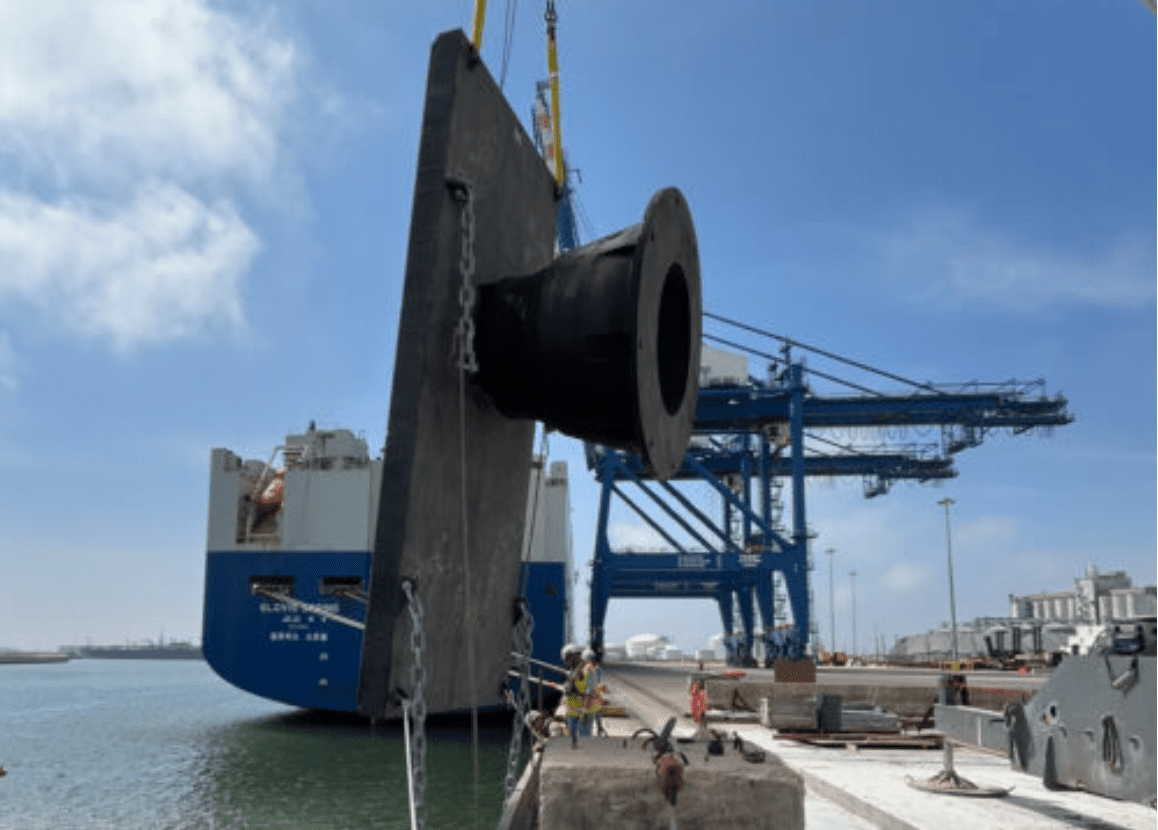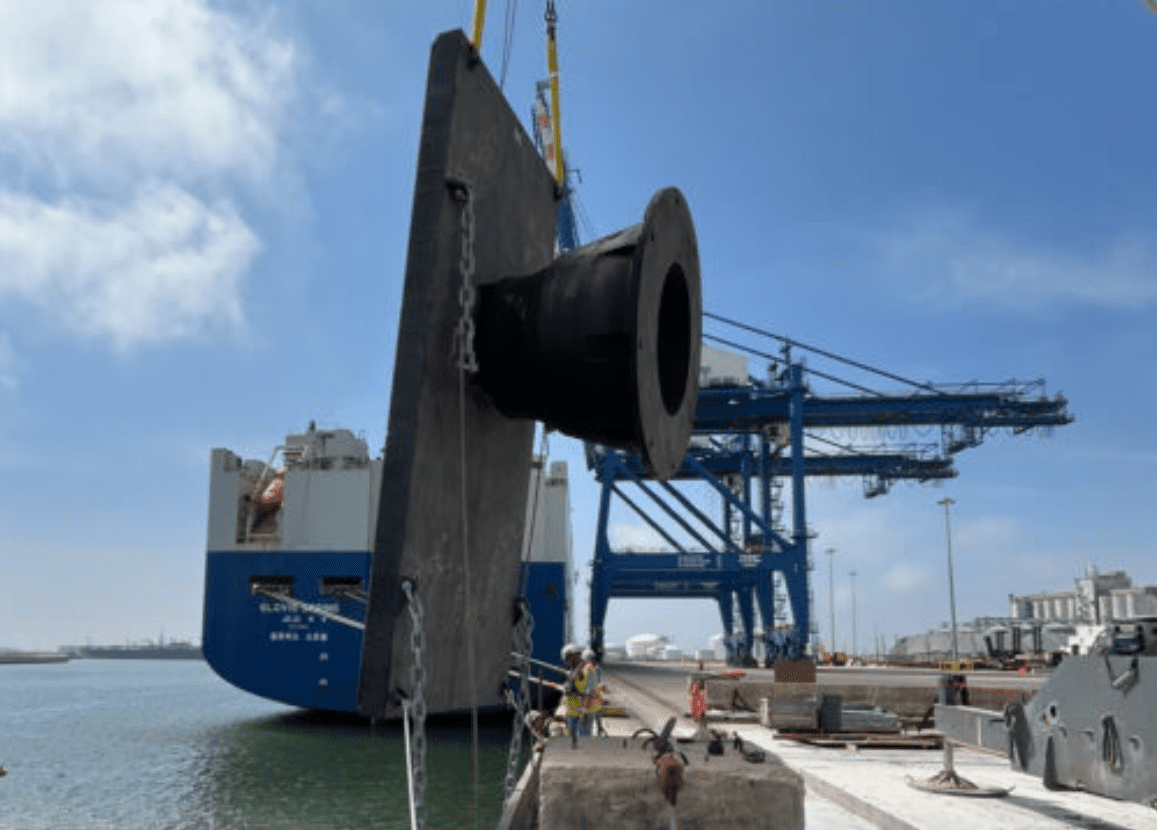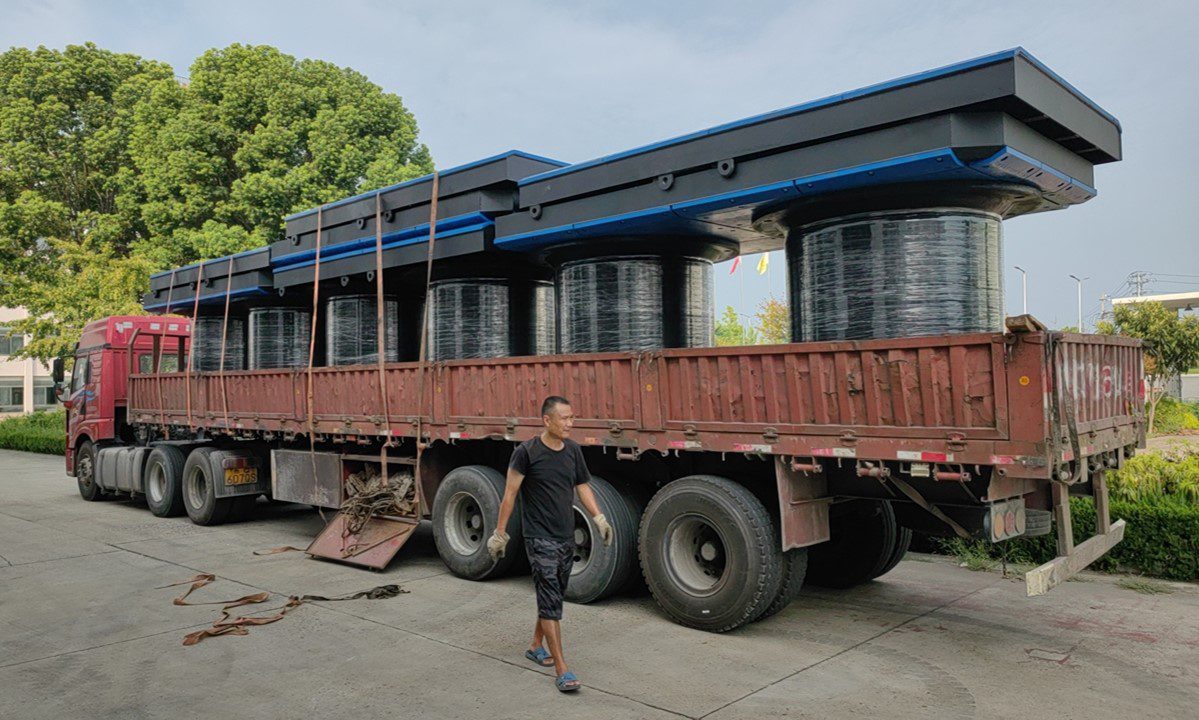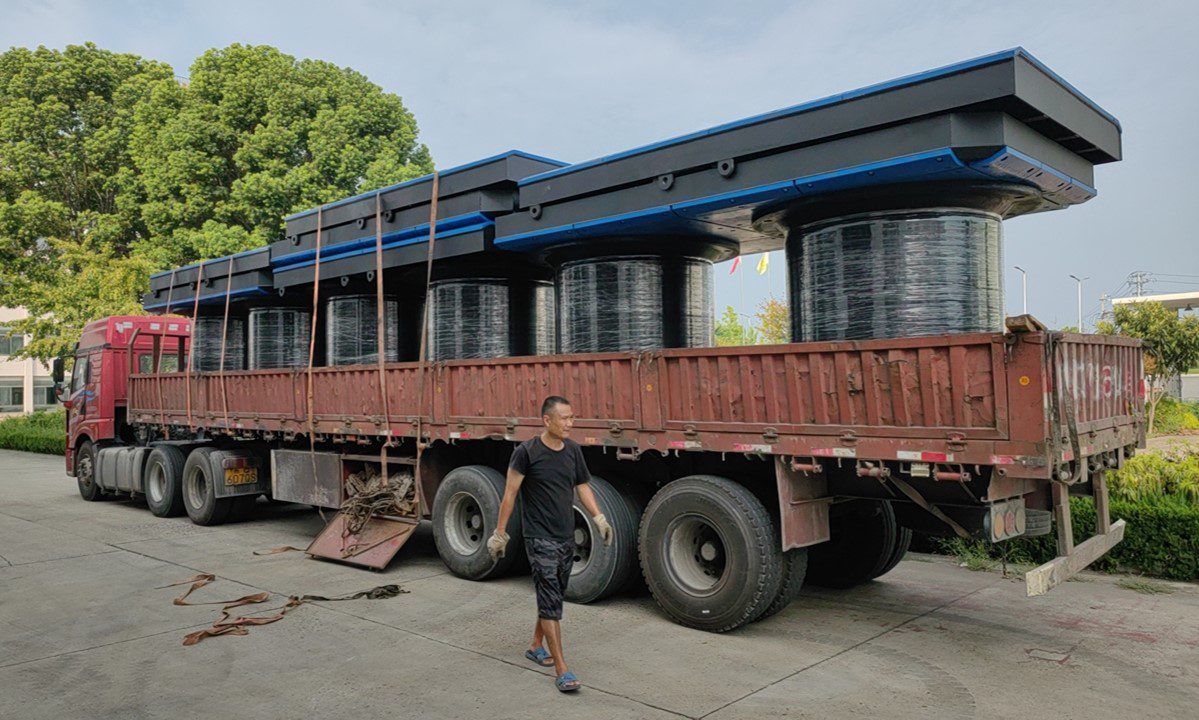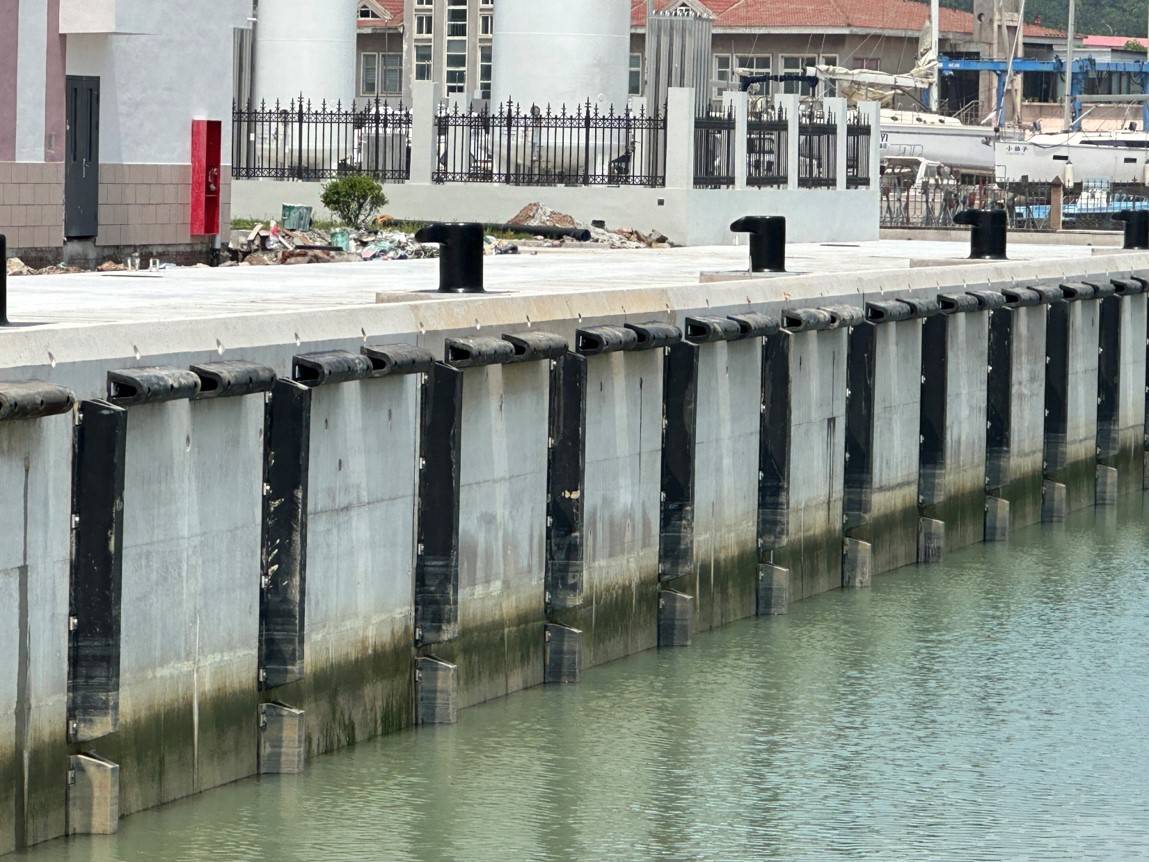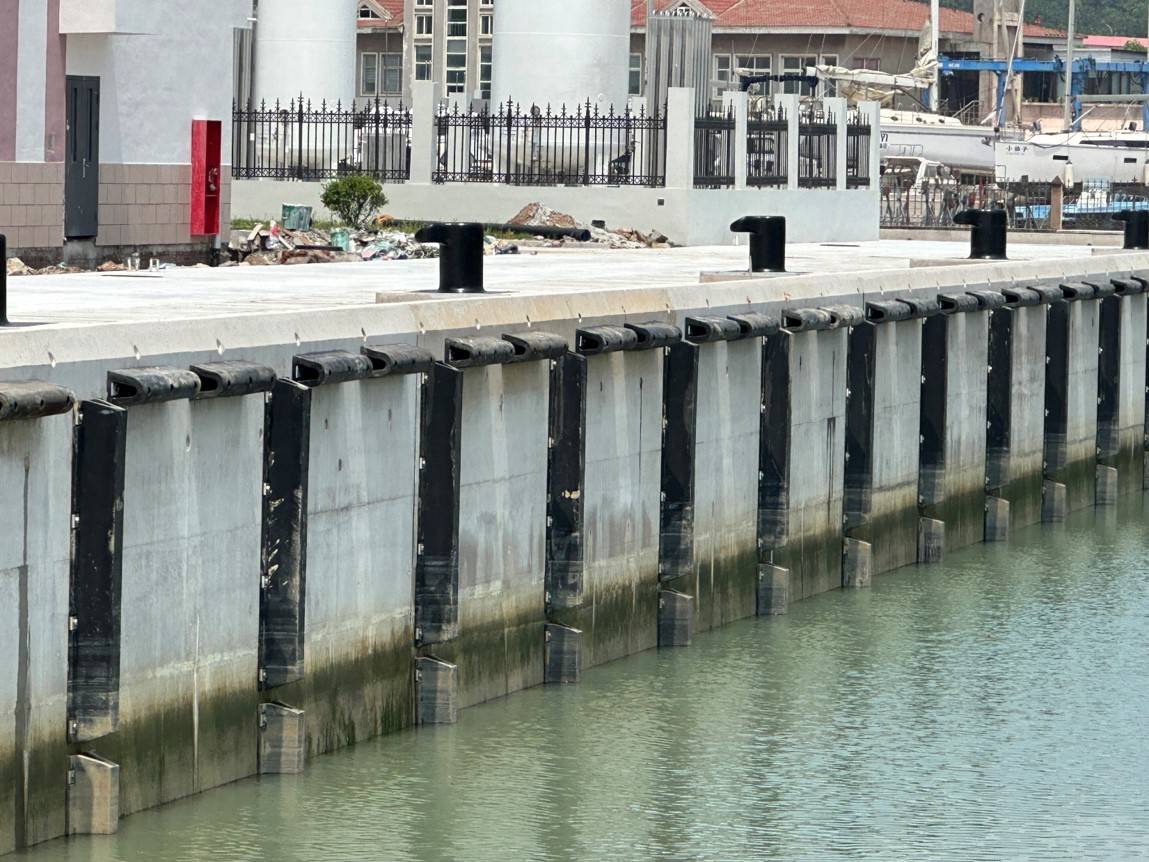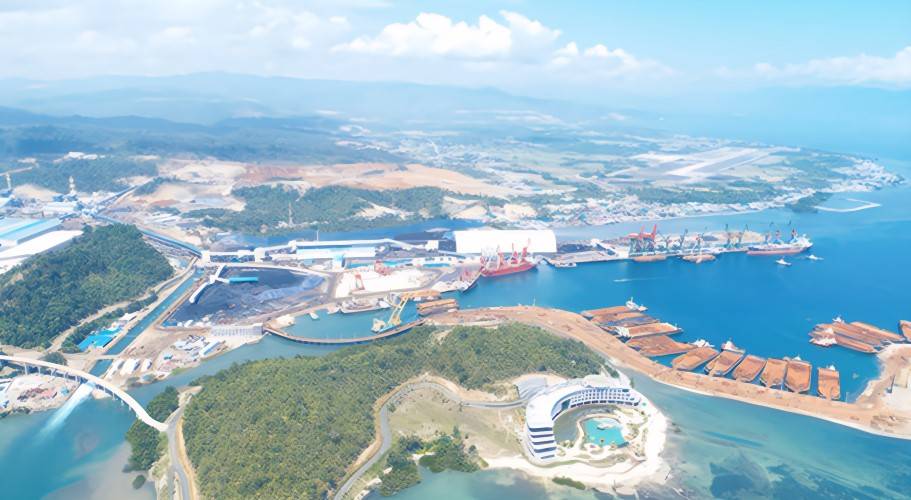In port construction and vessel berthing, marine fenders play a crucial role in protecting both the ship’s hull and the quay wall. Choosing a high-quality fender ensures safety, stability, and long service life. This article explains the key factors to consider when selecting the right fender, including materials, manufacturing process, rubber compound, production control, embedded steel plates, and testing.
1. Material: Natural Rubber for Durability
The core of a reliable fender lies in the raw material.
-
Natural rubber content: A high-quality fender should contain around 50% natural rubber.
-
Origin: Natural rubber sourced from Southeast Asia is considered the best for its elasticity and aging resistance.
-
Avoid: Recycled or mixed rubber should not be used as the main material, as it compromises performance stability and shortens service life.
👉 Recommended reading: SME Marine Fender Product Series
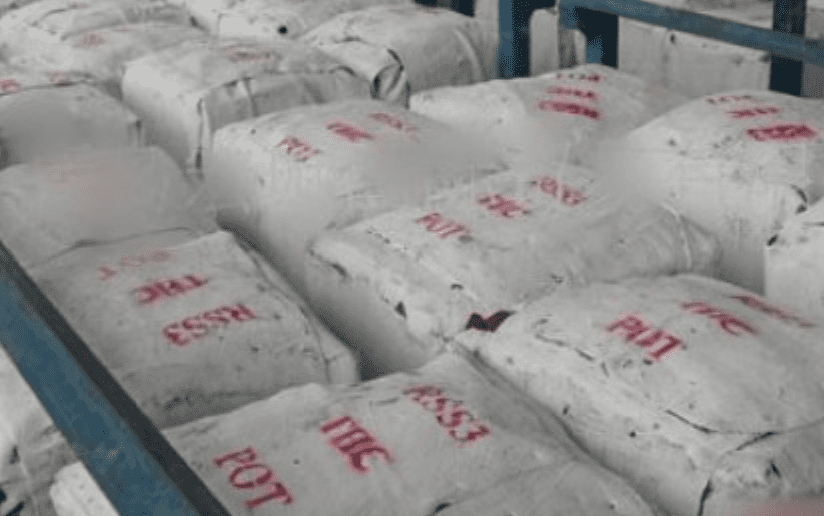

Natural rubber
2. Manufacturing Process: Tailored to Marine Fender Type
Different types of fenders require different production techniques:
-
Small fenders (DD-type, arch type, square type): usually produced by extrusion or molding. Extrusion ensures uniform rubber properties, while molding provides high density and compactness.
-
Large fenders (Cell fenders, cylindrical fenders): mainly manufactured using the wrapping process, which offers excellent structural strength and durability.
-
Cone fenders: typically made by molding and injection molding, providing robust performance under complex forces.
👉 Learn more about Cell Fender Systems
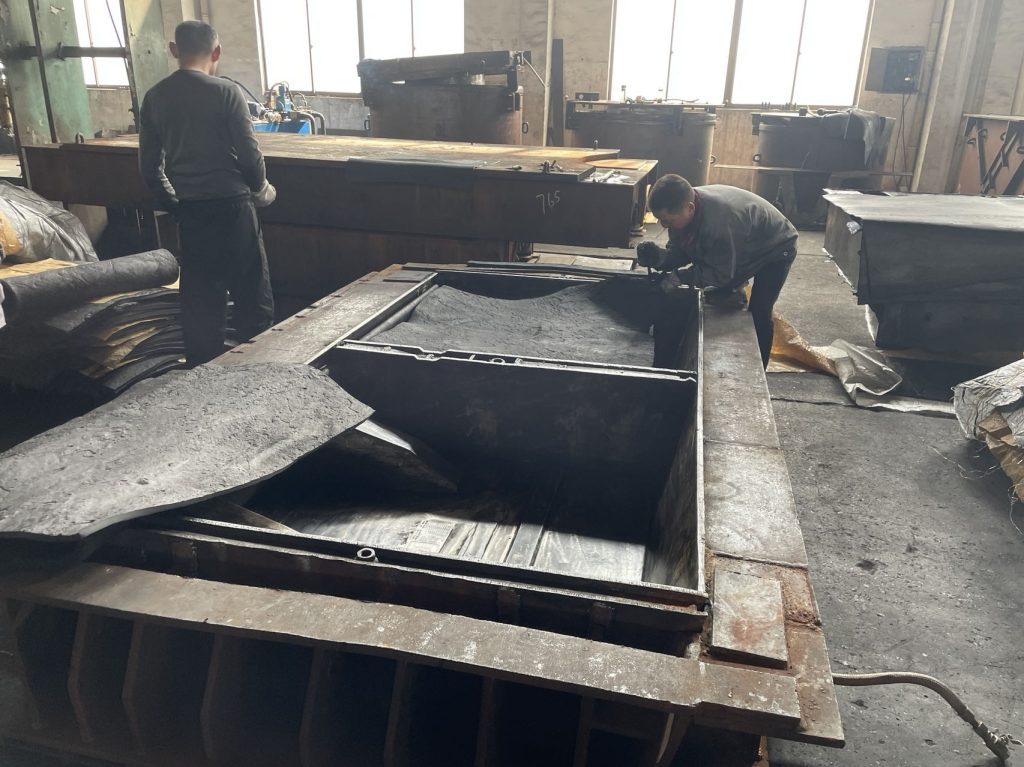
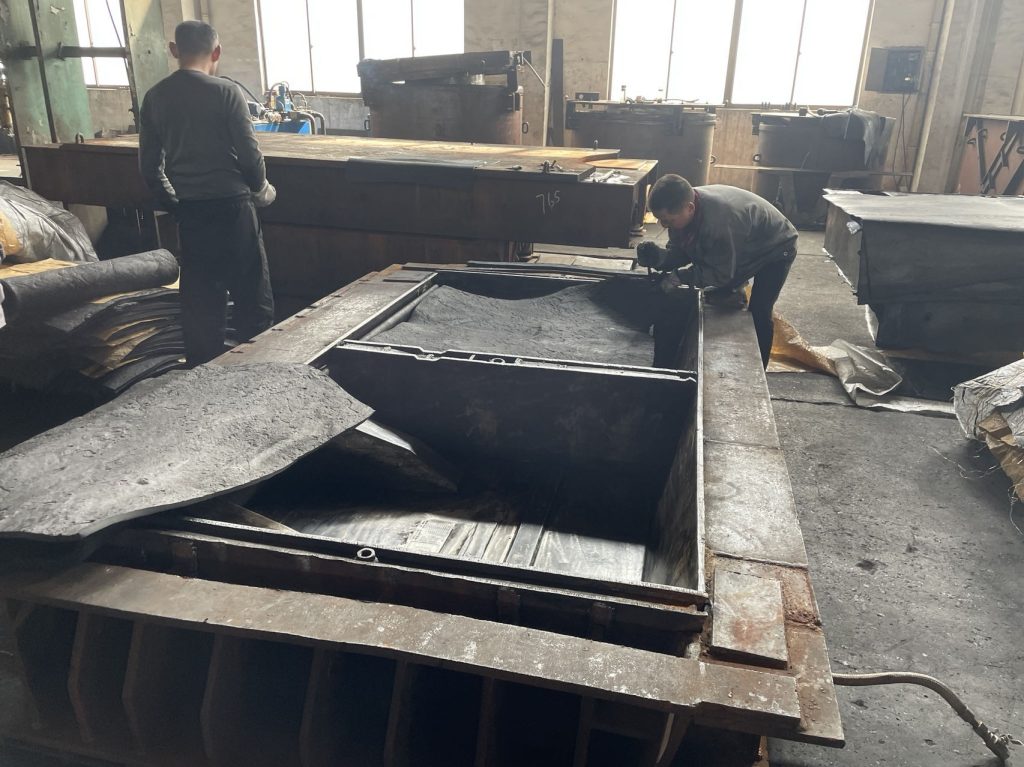

3. Rubber Compound: Strict Quality Control of Additives
Besides natural rubber, additives must undergo strict inspection:
-
Waxes, carbon black, accelerators, and other agents are tested before entering the mixing stage.
-
Failure to control additive quality may result in defective compounds, leading to poor performance during production and use.
4. Production Process Control: Vulcanization Matters
During production, vulcanization is a critical step:
-
Time control: Each type of fender requires a different vulcanization duration depending on its structure and process. Too short leads to insufficient strength, while too long may cause over-curing.
-
Pressure control: Insufficient control can result in poor rubber flow, surface defects, or internal weaknesses.
Careful control ensures the fender achieves its designed strength and durability.
5. Embedded Steel Plates: Ensuring Strong Bonding
For fenders with installation holes, embedded steel plates are essential.
-
Steel plate requirement: Use a single, integral steel plate, not spliced or separated pieces.
-
Surface treatment: Steel plates must be sandblasted to SA 2.5 grade.
-
Adhesive bonding: High-performance adhesives such as CHEMLOK should be used to bond steel and rubber, preventing delamination under shear forces.
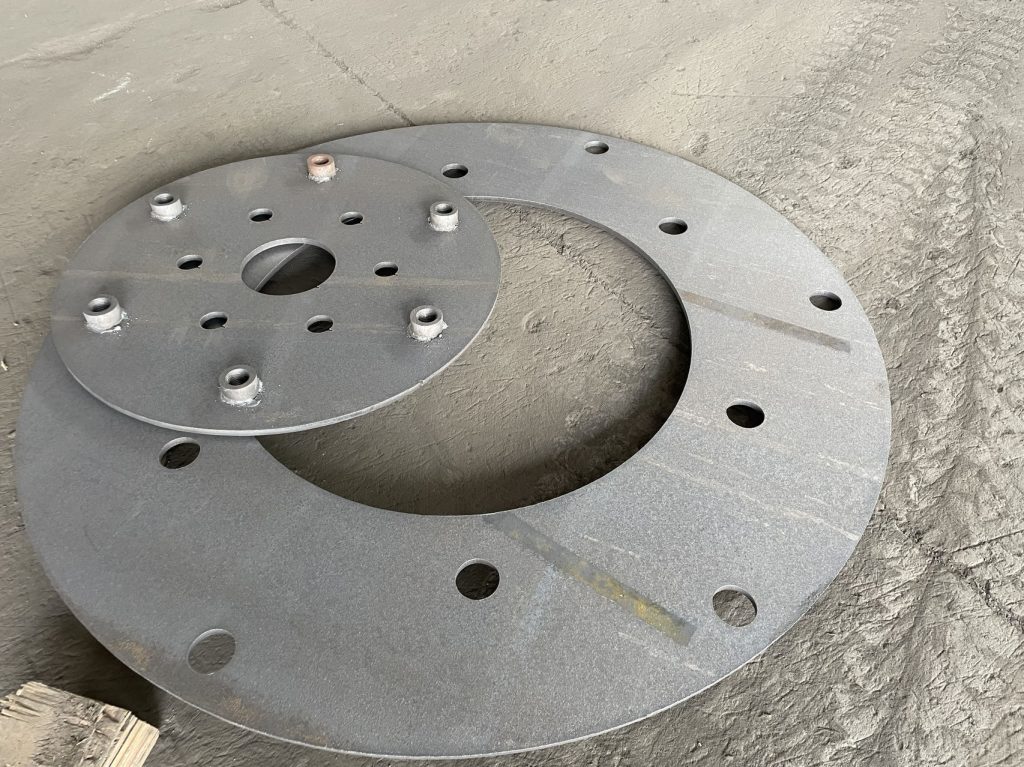
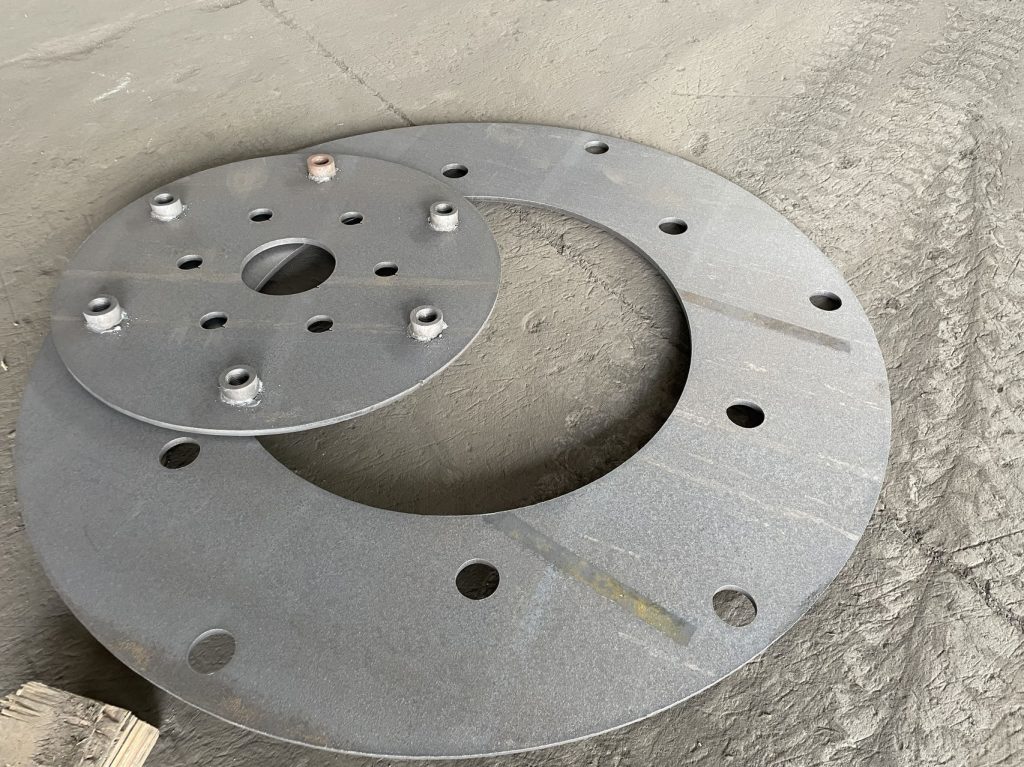

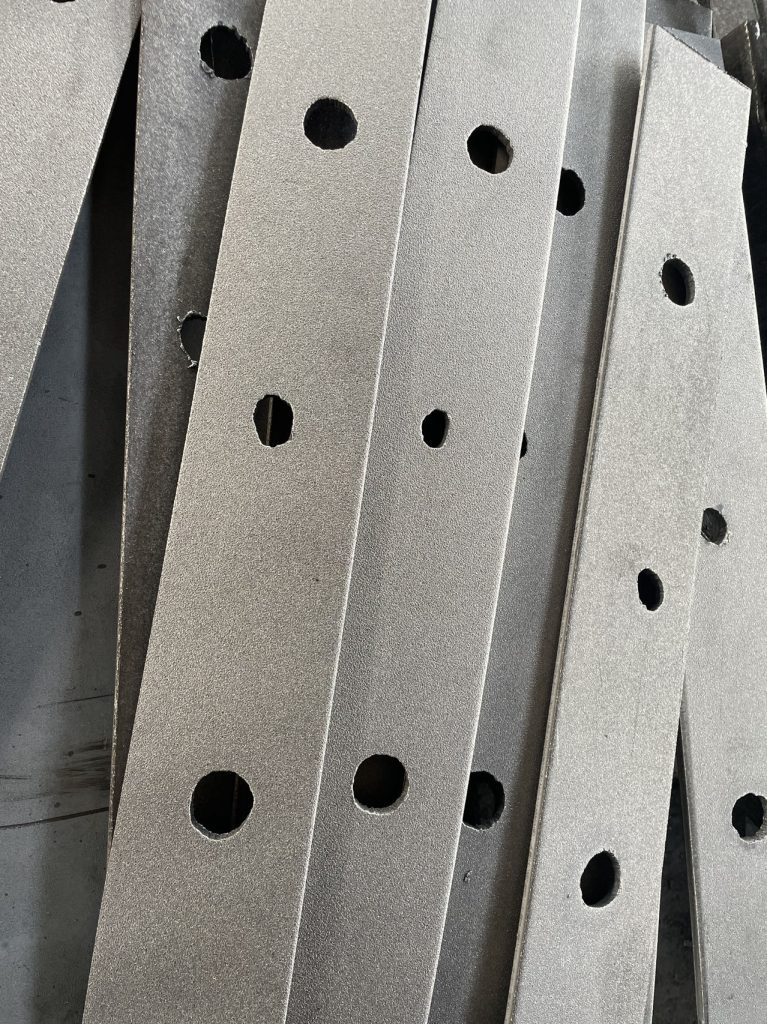
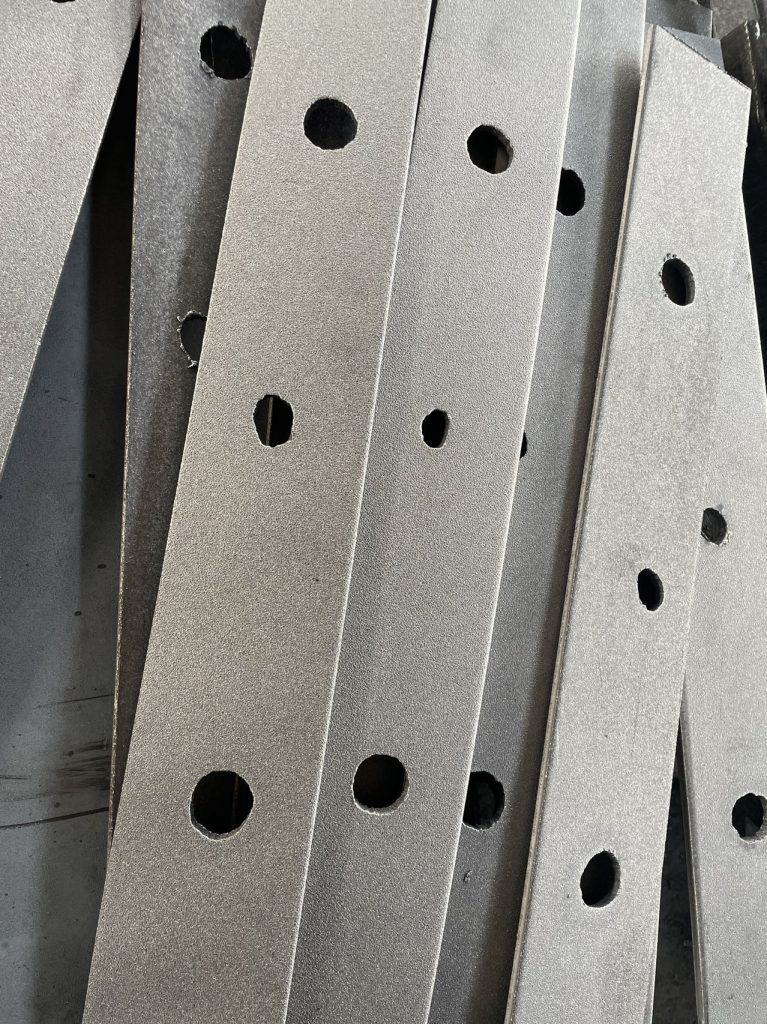

Embedded steel plate
6. Testing: Following PIANC 2002 Guidelines
Every fender must be tested before delivery according to the PIANC 2002 Fender Design Guidelines. Testing typically includes:
-
Reaction force and energy absorption performance
-
Dimensional and visual inspection
-
Physical and chemical property testing
👉 External reference: PIANC Fender Design Guidelines
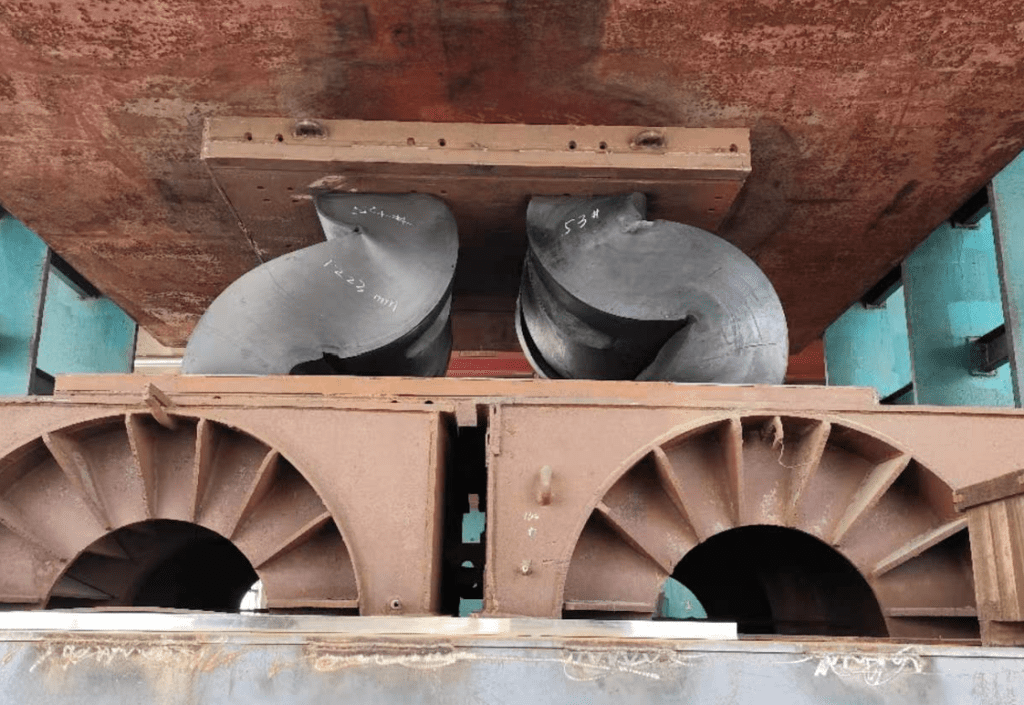
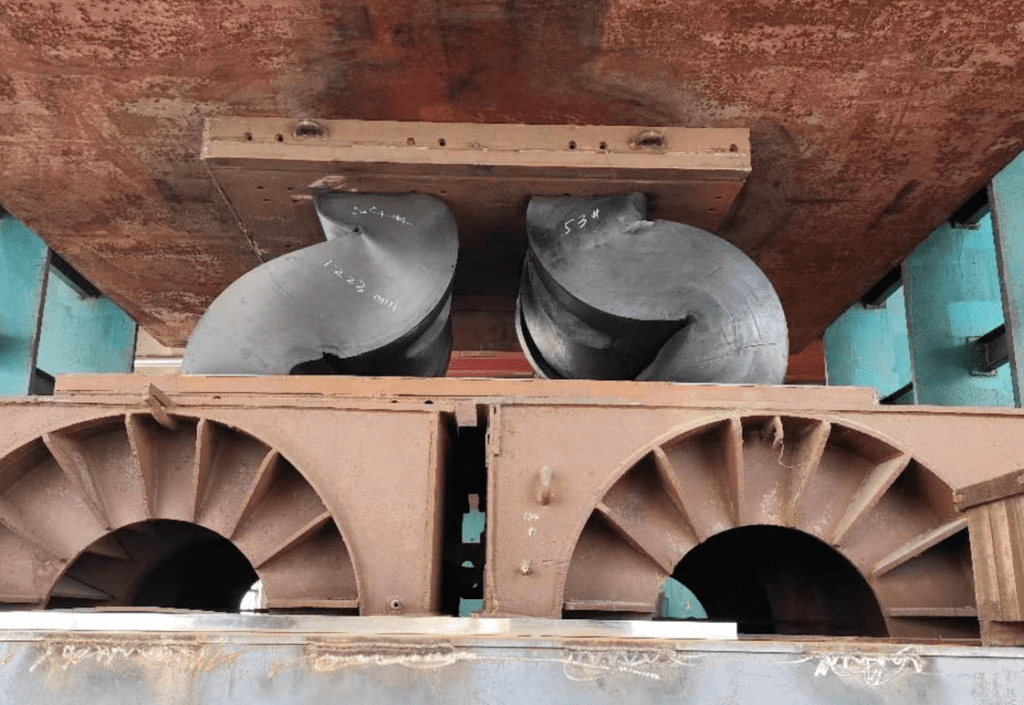

Conclusion
When choosing marine fenders, consider material selection, manufacturing process, compound quality, production control, embedded steel plates, and international testing standards. By following these principles, you can ensure long-lasting performance and reliable protection for both vessels and ports.
👉 Discover more professional fender and bollard solutions at SME Fender Systems


